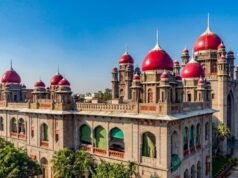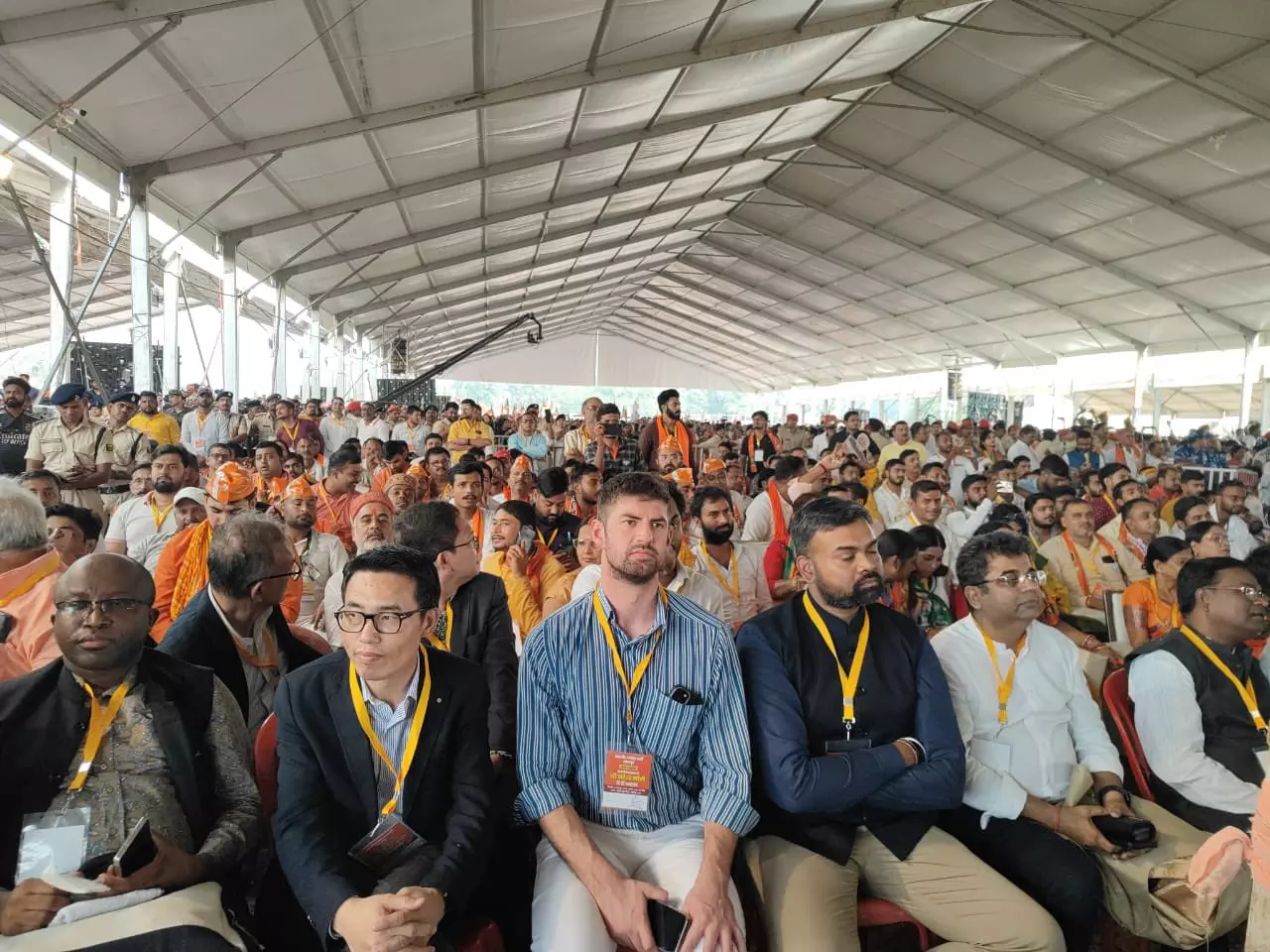Group Captain Prasanth Balakrishnan Nair, Group Captain Ajit Krishnan, Group Captain Angad Pratap, and Wing Commander Shubhanshu Shukla are India’s astronauts-designate for Gaganyaan, India’s first crewed space mission, Prime Minister Narendra Modi announced on Tuesday.
All four Indian Air Force officers have had extensive experience as test pilots and are currently in training for the mission. Modi, who bestowed them with the prestigious astronaut wings, described them as “four forces” who represent the aspirations and optimism of 1.4 billion Indians.
The announcement was made at the Vikram Sarabhai Space Centre in Thumba, Kerala, days after the Indian Space Research Organisation (ISRO) said it had successfully tested the human readiness of the cryogenic engine that will be used on the Gaganyaan mission vehicles.
The first mission flight, Gaganyaan-1, an unmanned test flight to check technology readiness, is expected by the end of 2024. The manned mission, which will take a three-member crew into a low earth orbit of 400 km altitude and return to Earth after three days, will follow.
In 1984, Wing Commander Rakesh Sharma became the first Indian in space when he flew to the Salyut 7 space station on a Soviet spacecraft. In 2006, India started work on an orbital vehicle mission that was later named Gaganyaan. As the astronauts-designate are named, here’s where the various aspects of the mission stand.
Human rating of launch vehicle
ISRO will use its LVM3 rocket for all of Gaganyaan missions. LVM3, earlier called GSLV-MkIII, is the Indian space agency’s most powerful launch vehicle that has flown seven times without failure. The rocket consists of liquid stage, solid stage, and cryogenic stage.
ISRO has reconfigured all components of LVM3 to meet human rating requirements. On February 14, final tests on the cryogenic engine, known as CE20, were performed. The engine successfully passed the test and was certified for missions that would transport humans to space.
The Vikas engine to be used in the liquid stage, and the solid booster, which is part of the solid stage, have already qualified for the missions.
The special flight engine, which ignites as the rocket lifts off, has completed acceptance tests. These tests certify/ qualify the test performance of the hardware according to the mission requirement. The technology or development is then applied in the final mission.
Crew module and escape system
Preparations for the human space flight includes development of life support systems to provide an Earth-like environment for the crew in space, provisions for emergency escape, and evolving crew management aspects for training, recovery, and rehabilitation of the crew.
Precursor missions such as Gaganyaan-1 will demonstrate the levels of technology preparedness before the manned mission. The unmanned mission will carry an unpressurised crew module — the capsule in which the astronauts will be seated during the human flight — to space and back.
The Gaganyaan-1 mission’s crew module will not have the Environment Control and Life Support System, which ensures an Earth-like environment inside the module. ISRO is currently developing and testing the various components of the system at its labs.
“It (Gaganyaan-1) will mainly test the safe re-entry of the crew module and proper orientation of the module when it splashes down in the sea,” an ISRO official said.
A second unmanned flight is planned with a pressurised crew module, in which the complete life support system will be tested. This flight will carry the robot Vyommitra which will record all parameters to study the impact of the flight on humans.
The schedules for these missions are not final yet. “For other launches, we already know the road, so planning is easier. For this mission, everything is new, and each test tells us what worked and what did not. We have to keep making adjustments as we go,” the ISRO official said.
In October last year, ISRO successfully conducted the first test of a basic crew module and crew escape system (CES). The CES is a part of the module that ensures “the crew is taken to a safe distance in case of any emergency either at launch pad or during ascent phase,” according to ISRO.
The test also demonstrated the success of the deployment of drogue chutes at the desired angle. Drogue chutes play an essential role in stabilising the crew module and reducing its velocity to a safe level during re-entry. They bring the crew module from a height of 17 km and speed of 150 metres/ second to 2.5 km from the sea surface and a speed of 63 metres/ sec.
ISRO has also been experimenting with a crew module uprighting system, which ensures that the module remains upright after splashdown in the sea.
Training of the astronauts
The four astronauts completed their generic training at Russia’s Yuri Gagarin Cosmonaut Training Centre between February 2020 and March 2021. ISRO signed a Memorandum of Understanding with Glavkosmos, a subsidiary of the Russian space agency Roscosmos, for the training in June 2019.
The astronauts are currently training at ISRO’s astronaut training facility in Bengaluru. “The training is continuous. They are now being trained on subsystem functioning on various subsystem simulators. They are a part of the development process of the crew module design, as they can pinpoint what is comfortable, what works etc.,” the ISRO official said.
“The astronauts also have to continuously undergo fitness and psychological training,” the official said.
One of the four astronauts is expected to be trained by the American space agency NASA. Bill Nelson, administrator of NASA, had made this announcement during a visit to New Delhi in 2023. This astronaut would likely be chosen from among the four who are preparing for the Gaganyaan mission, The Indian Express had reported at the time.







